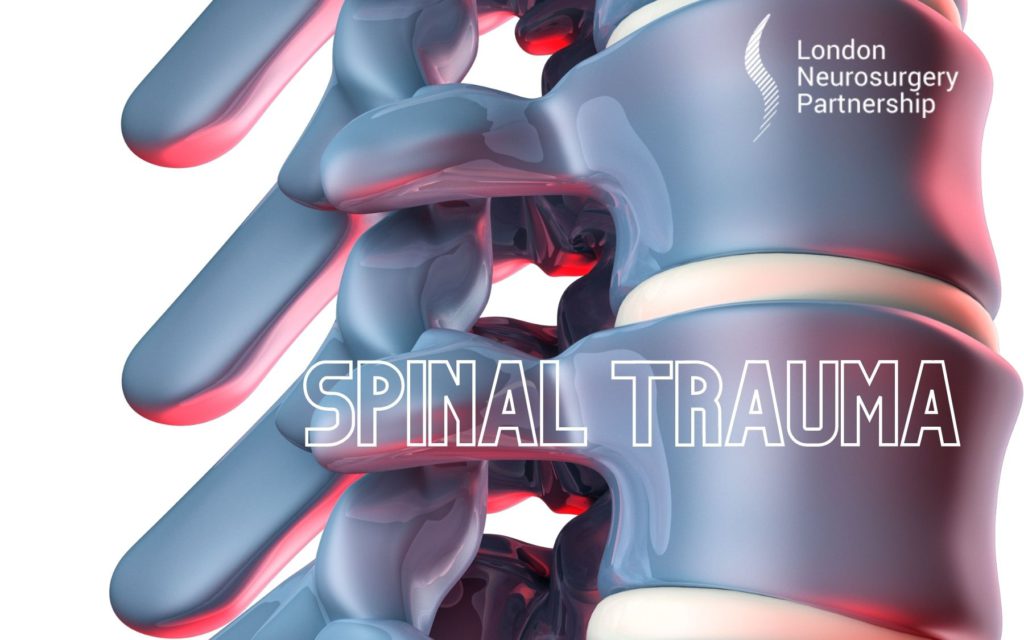
An acoustic neuroma, which can also be referred to as a vestibular schwannoma, is a slow-growing, non-cancerous tumour that grows on the main (vestibular) nerve that leads from the inner ear to the brain. The vestibular nerve is responsible for your balance and hearing, meaning that patients with an acoustic neuroma may experience hearing loss, ringing in their ear and a change in balance.
An acoustic neuroma arises from the Schwann cells, which cover the nerve. As mentioned before this is a very slow-growing tumour. Only in very rare cases it will grow faster and leading to the interference of vital functions within the brain.
Symptoms
The symptoms associated with an acoustic neuroma are usually very subtle and may take many years to develop, as it grows slowly. The symptoms will usually affect the hearing and balance, however other functions may be affected if the tumours put pressure on surrounding nerves. Here are some of the most common symptoms that patients experience:
- Gradual hearing loss (in some cases suddenly) that is one side only or more noticeable on one side
- Tinnitus (ringing) in the affected ear
- Changes in balance or unsteadiness
- Dizziness
- Facial numbness, or in rare cases loss of muscle movement
If you notice these symptoms it is important that you go and see your GP. Early diagnosis can help to control the growth of the tumour and therefore reduce the risk of any long-term damage being done.
The exact cause of an acoustic neuroma is unclear; however, it is linked to a faulty gene (chromosome 22).
Acoustic neuromas can often be hard to diagnose at an early stage as the symptoms are often very subtle. Your doctor will ask you to talk through your symptoms and do an examination of the ear. Once this has been conducted your doctor may send you to have audiometry (hearing test) and an MRI or CT scan.
Depending on the size and growth rate of the acoustic neuroma, your treatment options may vary. Here are some of the most common treatment options:
- Monitoring – if you have a small tumour that is growing slowly and not causing severe symptoms, monitoring will be the best treatment. You will be sent for hearing tests and imaging every six months (or more) to assess any changes. If there are major changes you may be sent for more invasive treatments
- Surgery – there are several surgical technics that can be used, however, they all have the same goal; remove the tumour without damaging any of the surrounding areas. If the tumour is touching on an important part of the brain some of the tumours may be left. This is done under general anaesthetic.
- Radiation therapy – stereotactic radiosurgery may be offered to older patients that would not be able to go through surgery or patients with an acoustic neuroma that is smaller than 3cm diameter. The technology called Gamma Knife radiosurgery is used to precisely target the tumour with radiation. This treatment option helps to stop the tumour from growing further while preserving the surrounding areas of the brain.
This article is intended to inform and give insight but not treat, diagnose or replace the advice of a doctor. Always seek medical advice with any questions regarding a medical condition.






0 Comments